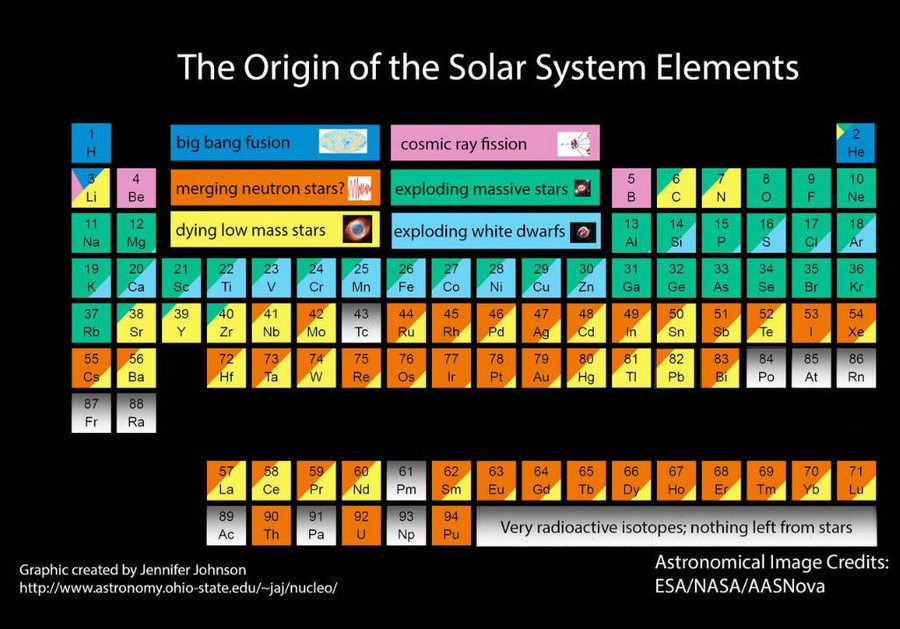Blast wave from space: Scientists are alarmed by an event that could destroy the solar system
Here, for example, is one of the important clues in the investigation of the case of a monstrous event that can shake not just the world, but the entire solar system. This is a fragment of the Allende meteorite that fell in Mexico in 1969, one of the most well-studied meteorites on Earth. In the process of falling, it collapsed into a great many fragments with a total weight of five tons, and these fragments were subsequently distributed to museums and institutes of the planet. They are also in the Museum of Extraterrestrial Matter GEOKHI in Moscow. (Must Read: Amazing Discovery: Astronomers Find Two Planets Sharing the Same Orbit)

So, in Allende and in many other meteorites, extremely interesting substances are found, namely the so-called calcium-aluminum inclusions. By the way, scientists came to the conclusion that these are the very first solids that appeared in the Universe, and it was from them that small solids began to form, and then entire rocky planets. And in these calcium-aluminum inclusions, magnesium particles can be traced, and they differ in their atomic structure, that is, they are different isotopes: there is magnesium-24 and there is also magnesium-26. And they are among themselves in such a ratio that scientists have an incredibly curious picture.
The fact is that magnesium-26 is obtained by the decay of the radioactive isotope of aluminum – aluminum-26. And by the amount of magnesium-26 and the ratio with other elements, scientists calculate how much of this aluminum-26 was here initially and when exactly “initially”. And it turns out that it was brought from somewhere in our solar system in huge quantities back in those days when our solar system was just emerging – more than 4.5 billion years ago. Then the future Sun, together with the embryos of its planets, was in a huge “cocoon” – an elongated, filamentous cloud of molecular gas, from which, in fact, everything arose: stars, worlds, and our fleeting life. Such clouds are called stellar cradles, they watch with admiration everywhere in the vastness of the Universe and involuntarily think whether our scenario can be repeated somewhere there.

So about the mysterious abundance of radioactive aluminum in that embryonic period of the solar system: the most convincing version for astrophysicists is that it was brought to us by the blast wave of a supernova that broke out somewhere very close. Recall that this is “death”, that is, the completion of the main cycle of life, a very massive star. In this way, it sheds its mantle and leaves behind a compressed core: either a neutron star or even a black hole. The ejected substance rushes in all directions at a speed of thousands of kilometers per second. And that’s not to mention the deadly radiation. If this happened in the vicinity of the Sun now, the history of life on Earth would most likely end. And in those distant times, when the solar system lay in the cradle, it was saved only by the presence of a protective molecular cocoon: scientists write that it was simply blown away by this blast wave, and if it were not for it, our entire planetary system would have been blown apart.

On this “cosmic periodic table”, everything that is green was formed as a result of supernova explosions. And this includes the oxygen that we breathe (8 protons, 8-10 neutrons, 8 electrons), silicon, which is rich in the soil of our planet (14 protons, neutrons and electrons each), neon, which lit the lights of large cities (10 those, other and third particles), and the same aluminum, which was also very useful to humanity (13 protons, 14 neutrons, 13 electrons). And when the number of neutrons in the same atoms is different, then these are isotopes. Radioactive aluminum-26 is “ordinary” aluminum-27 minus one neutron.

